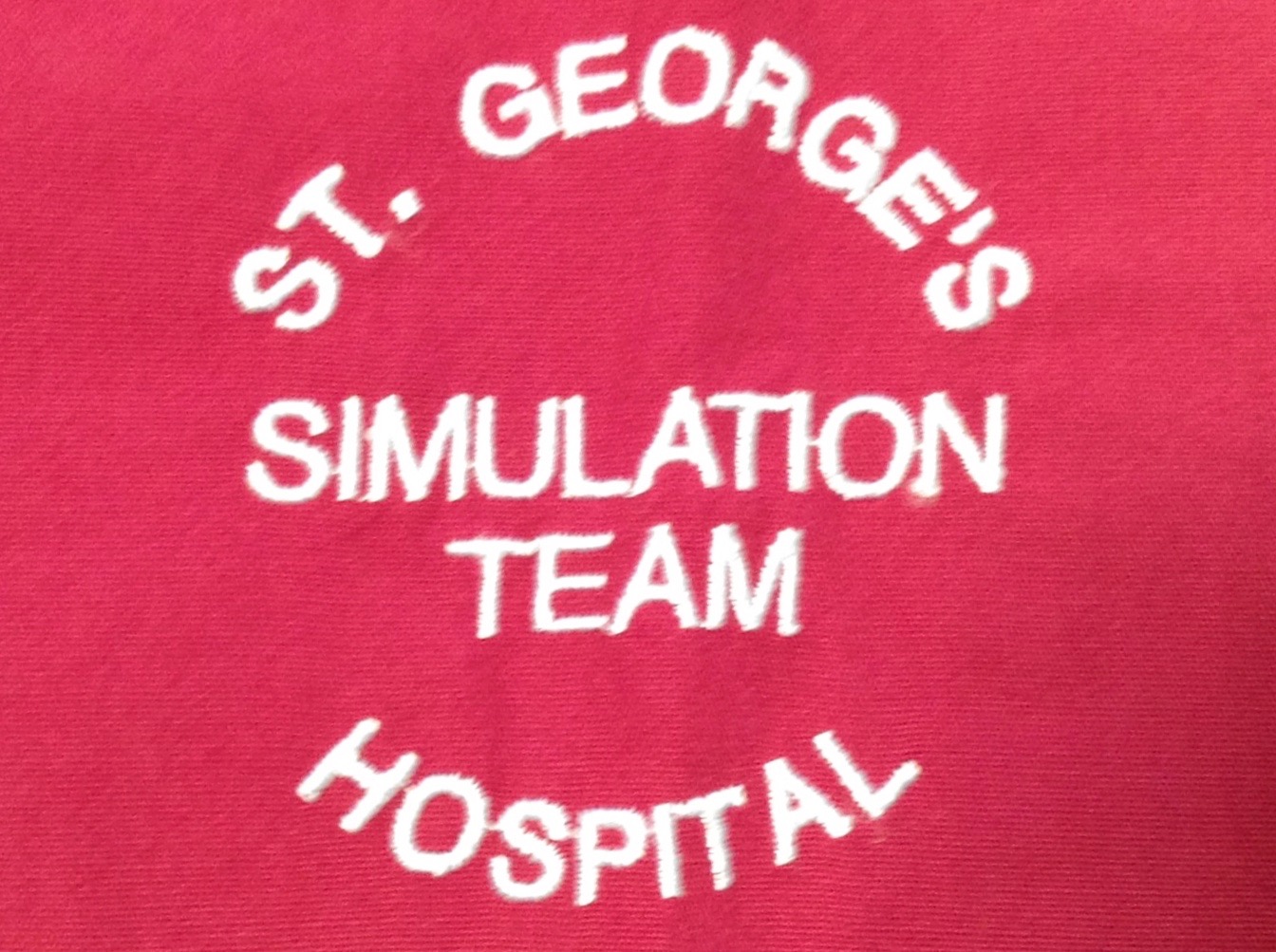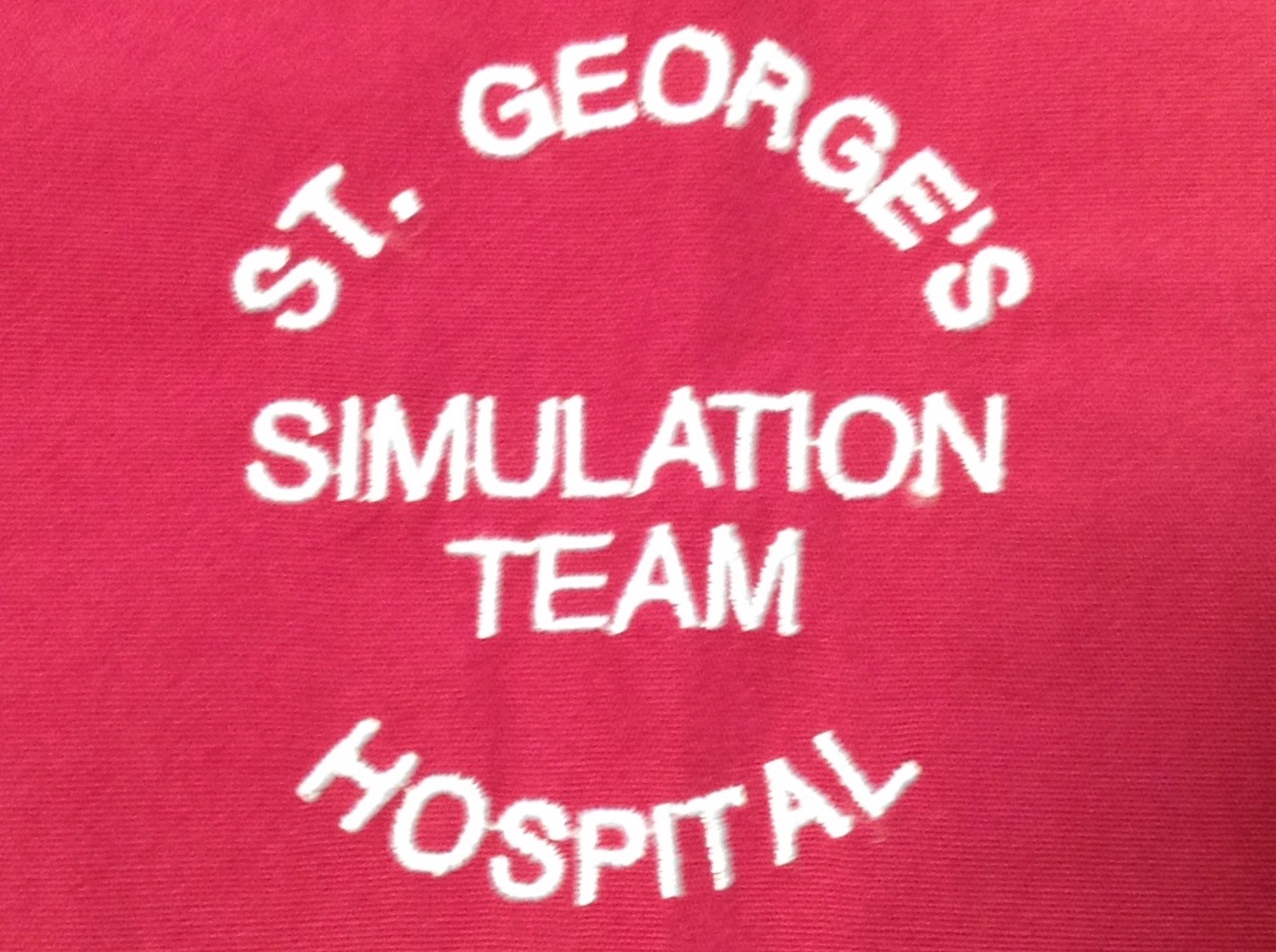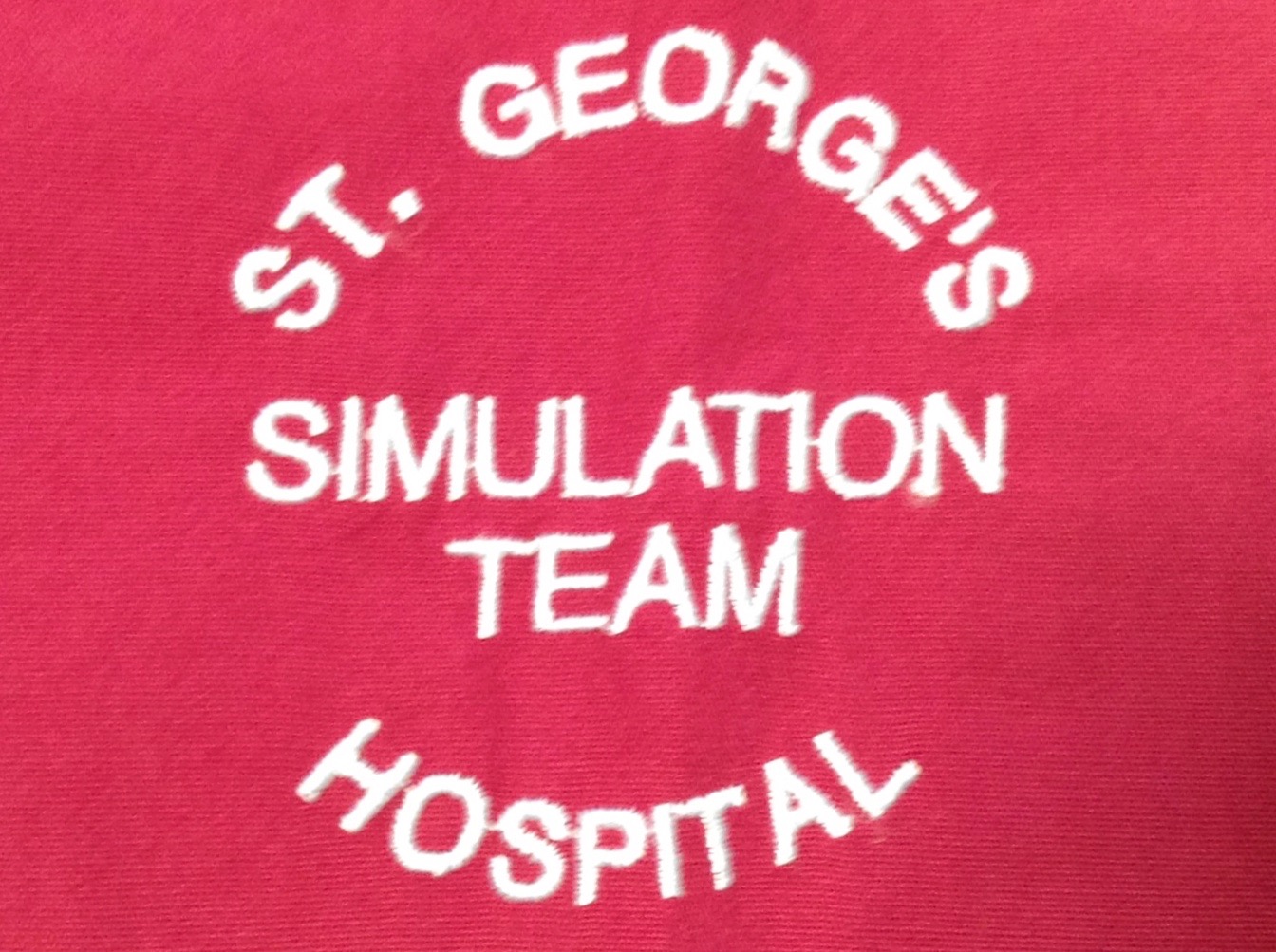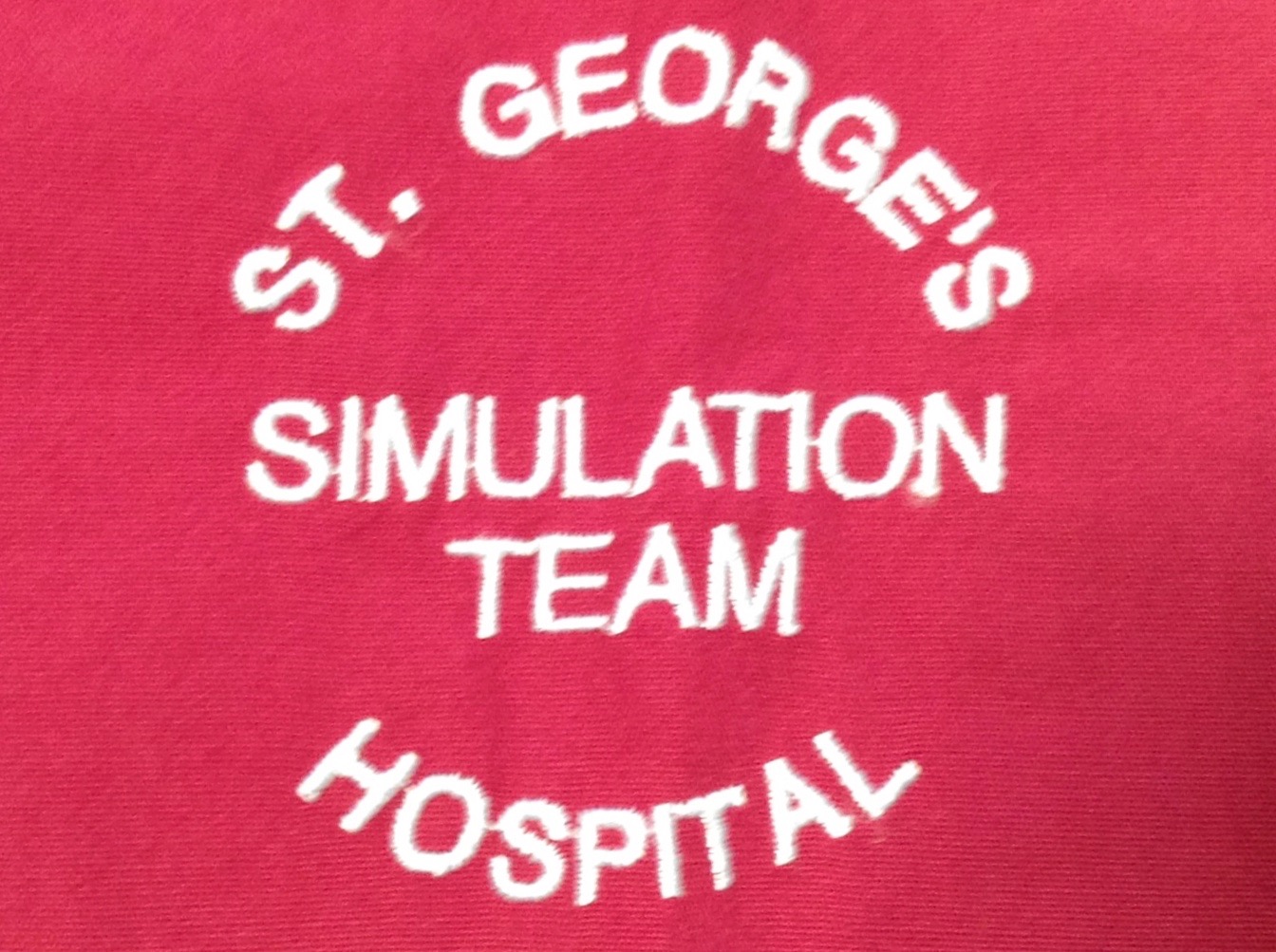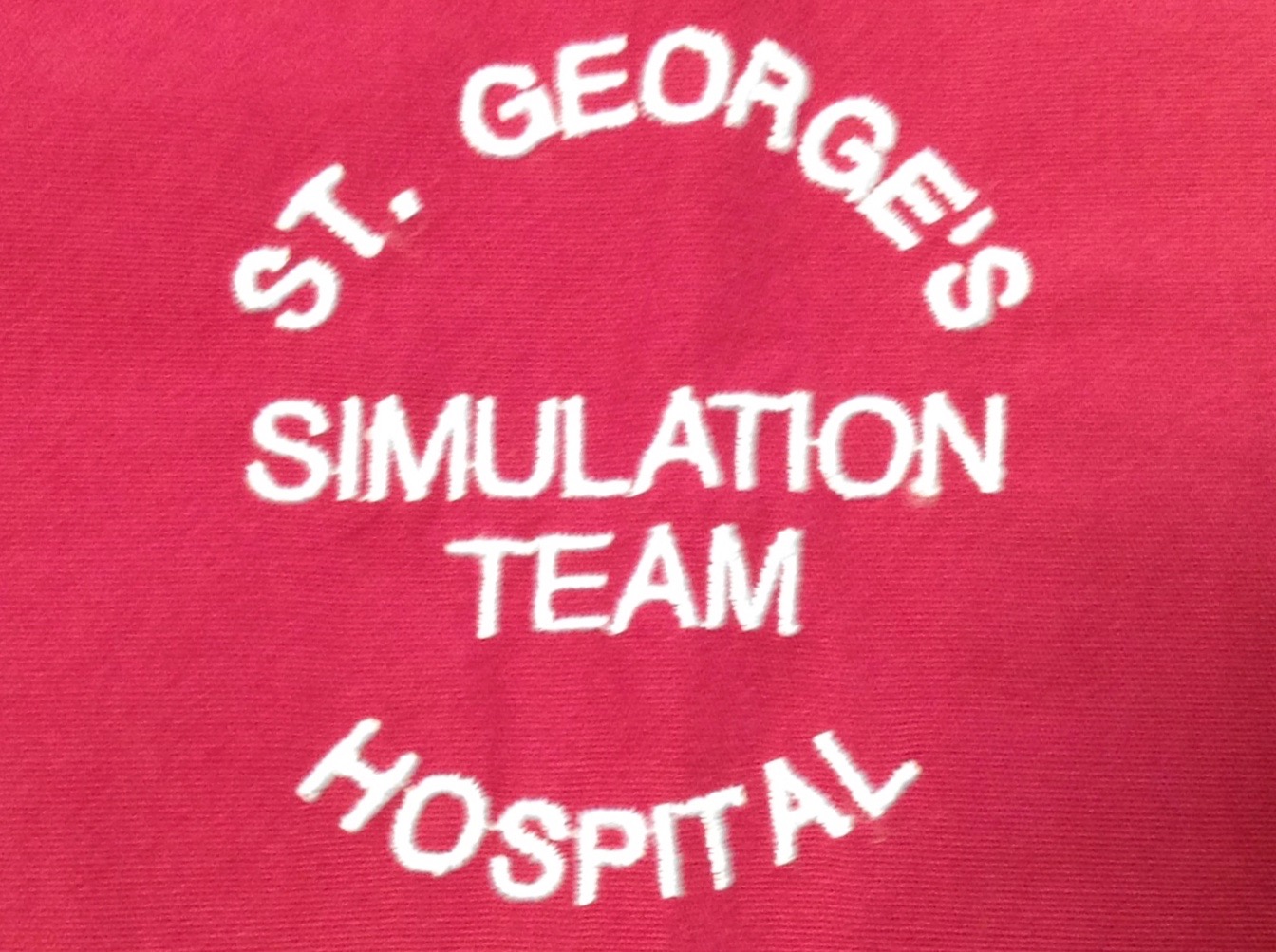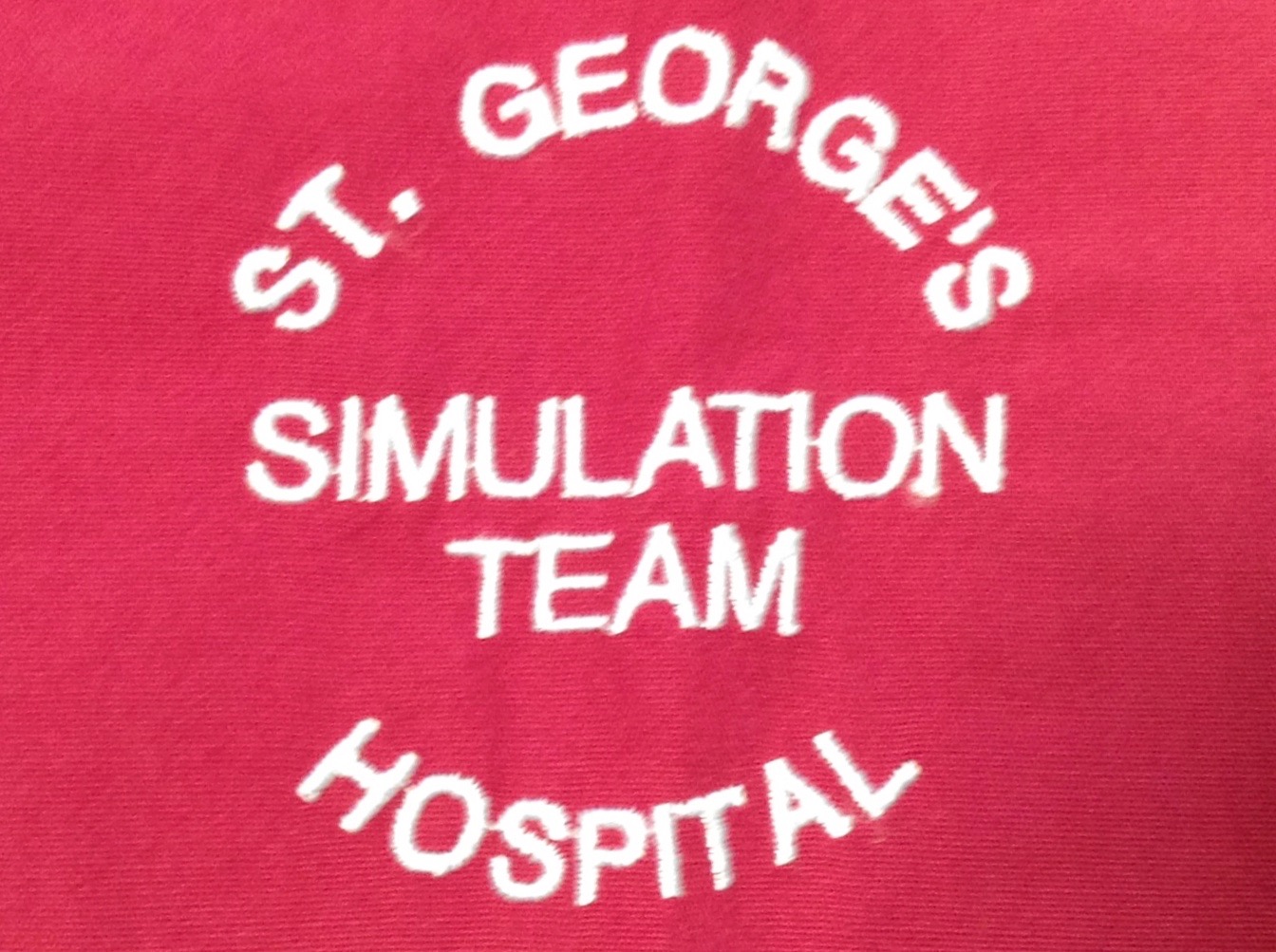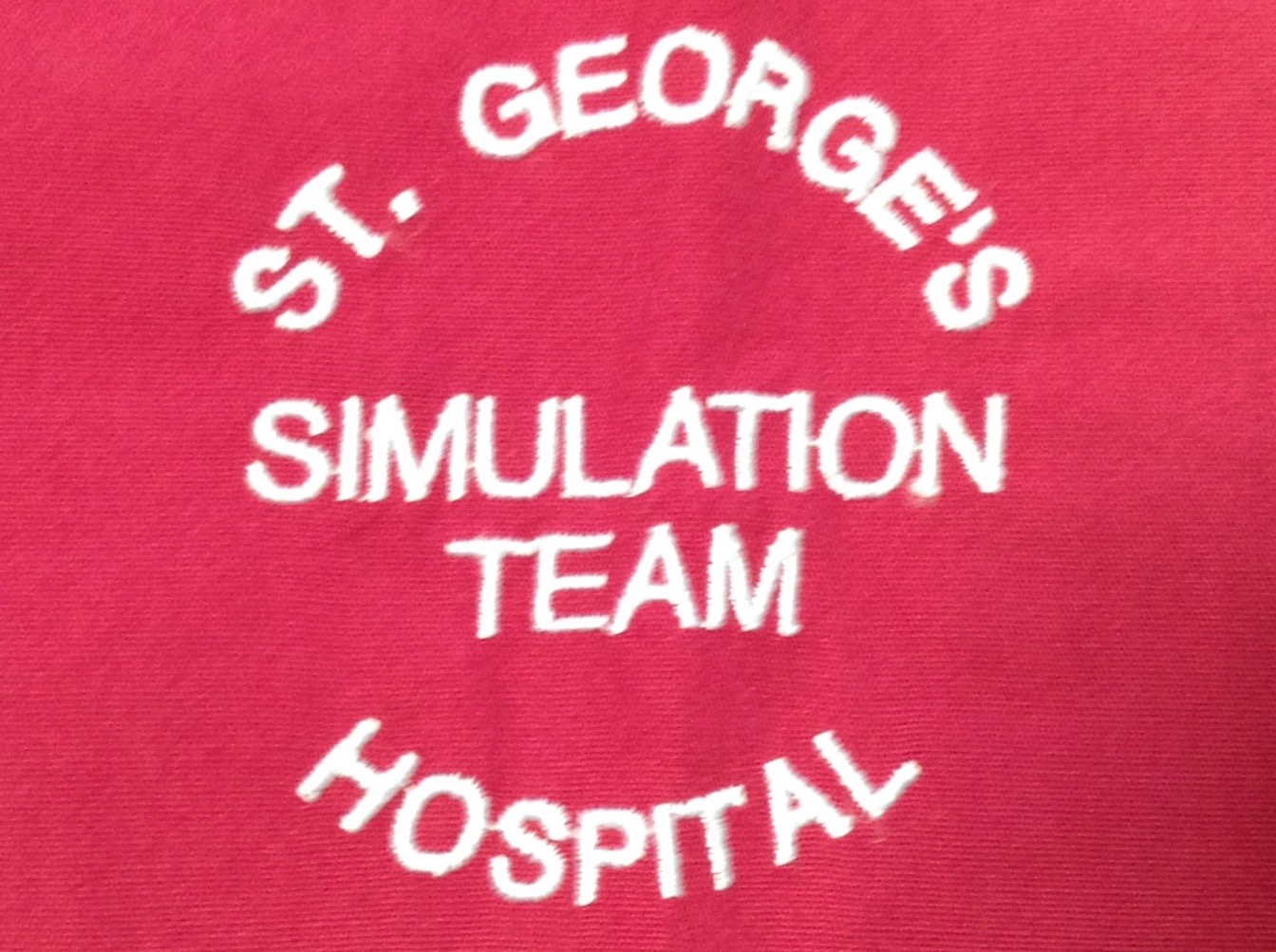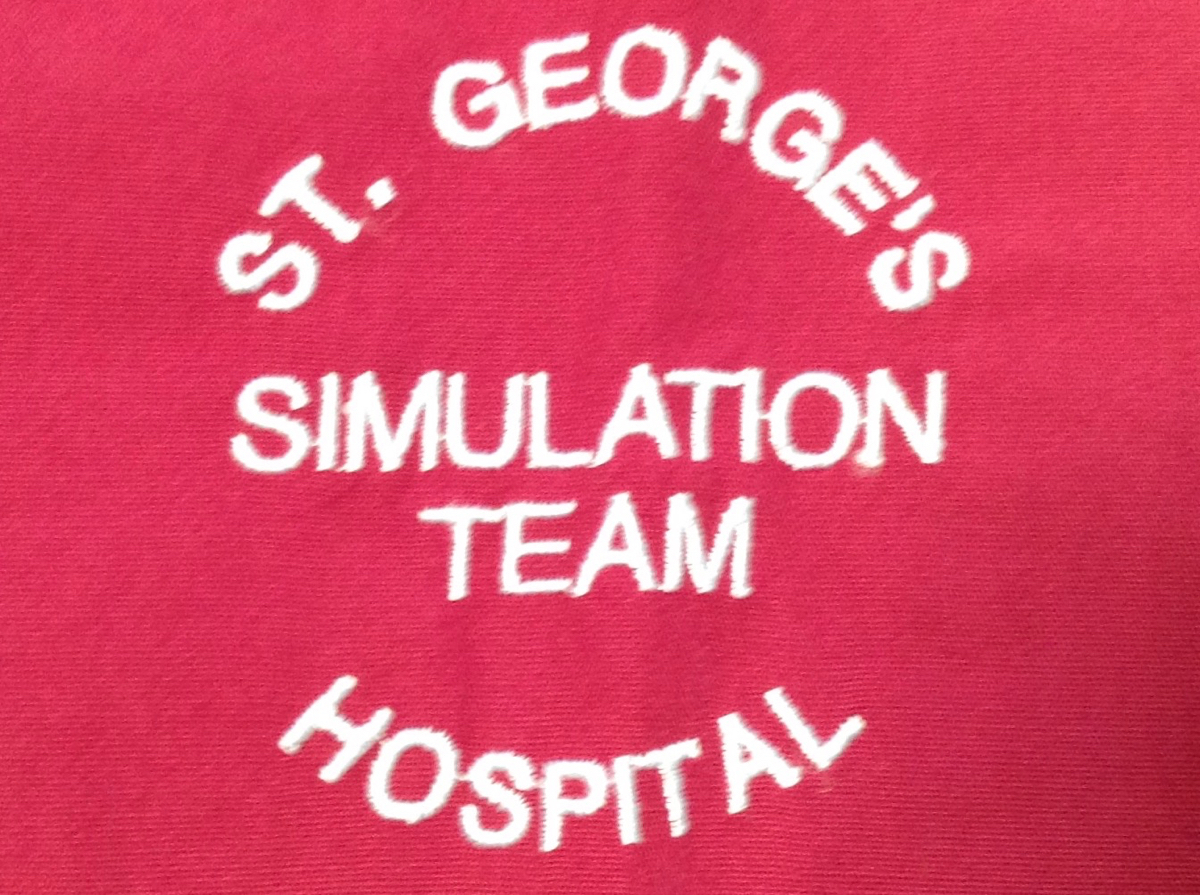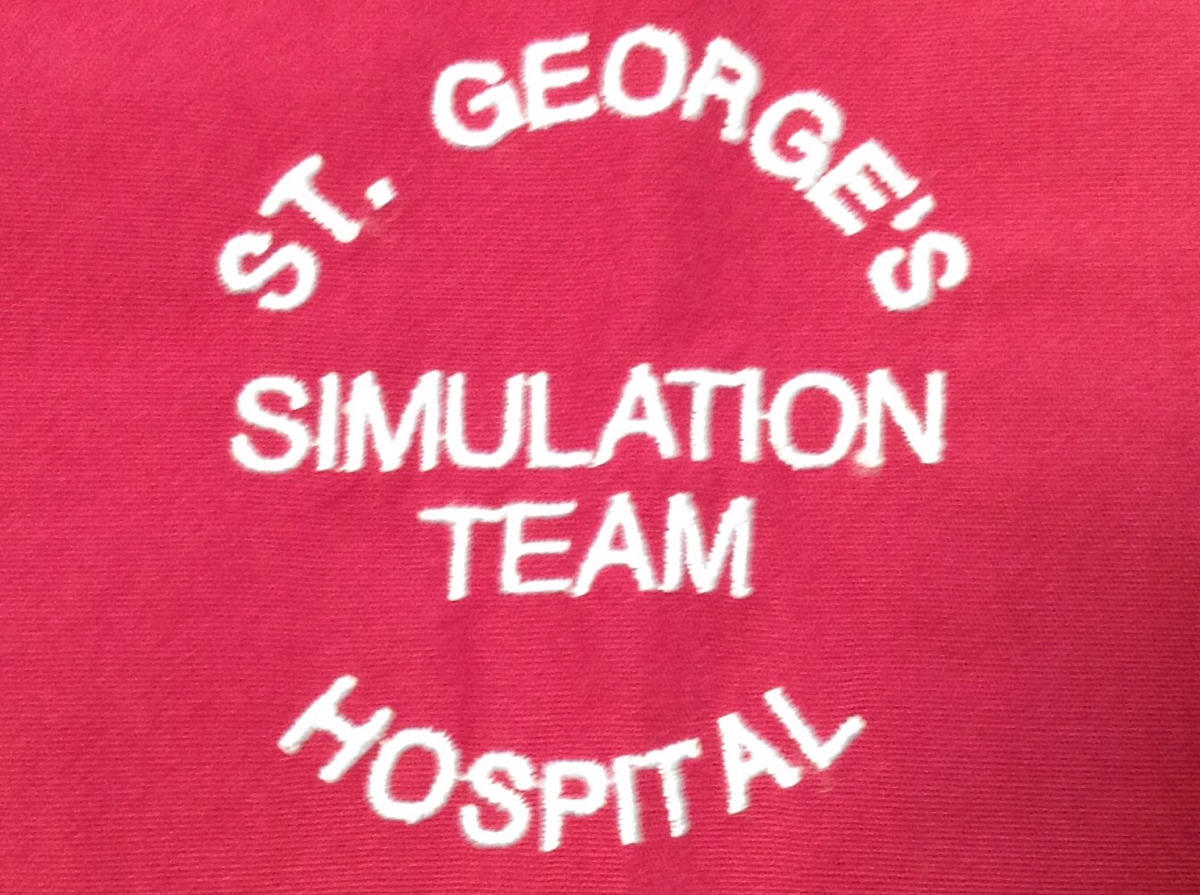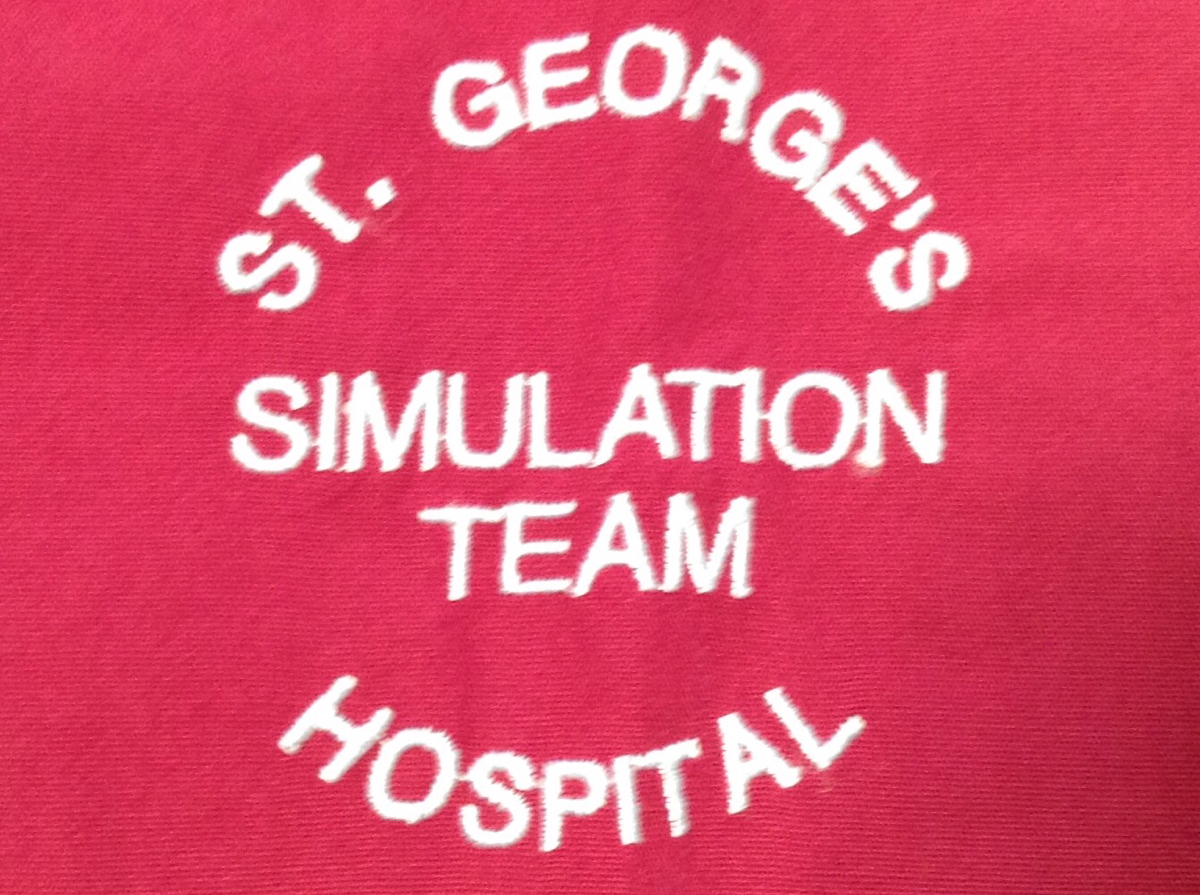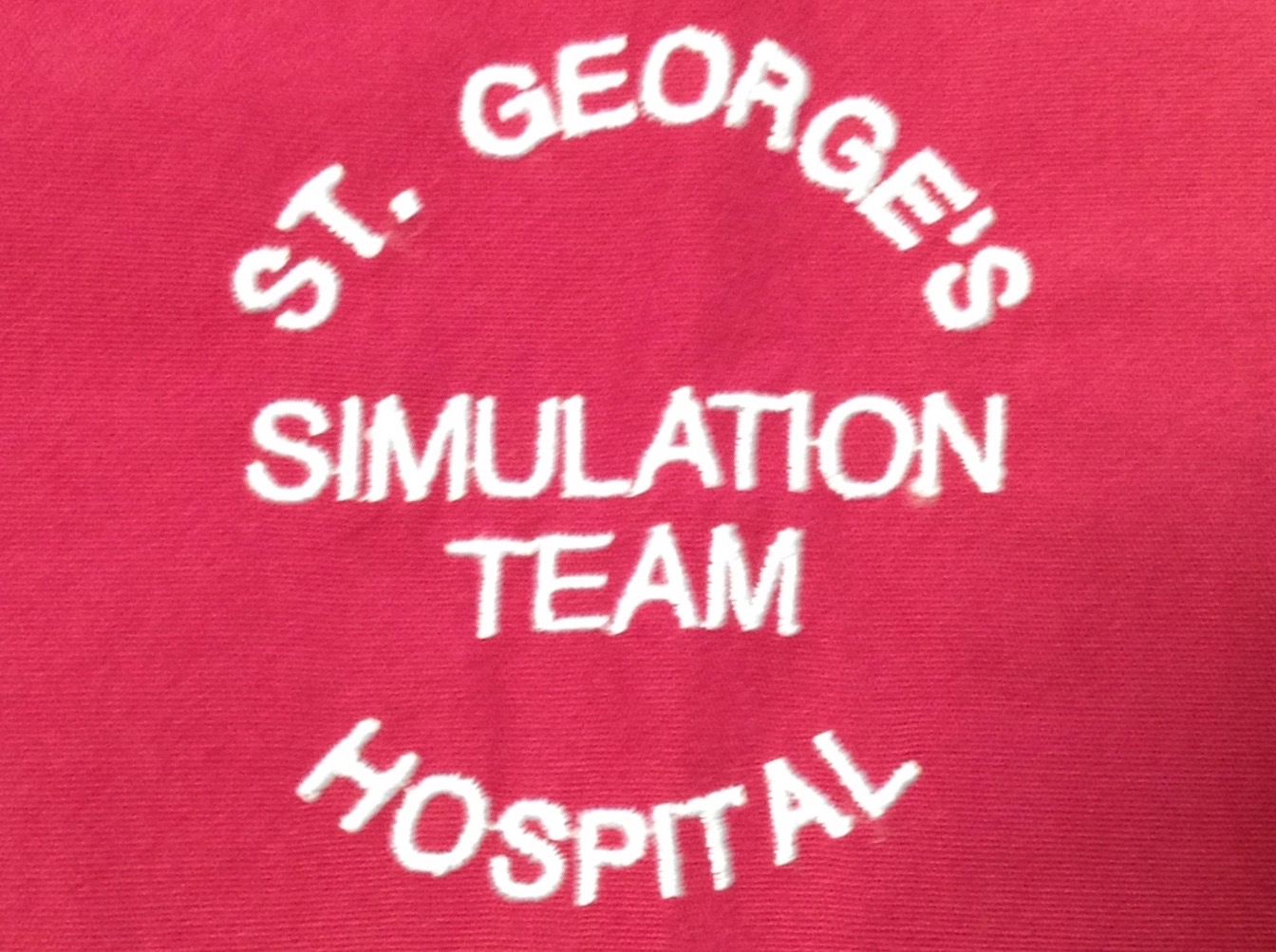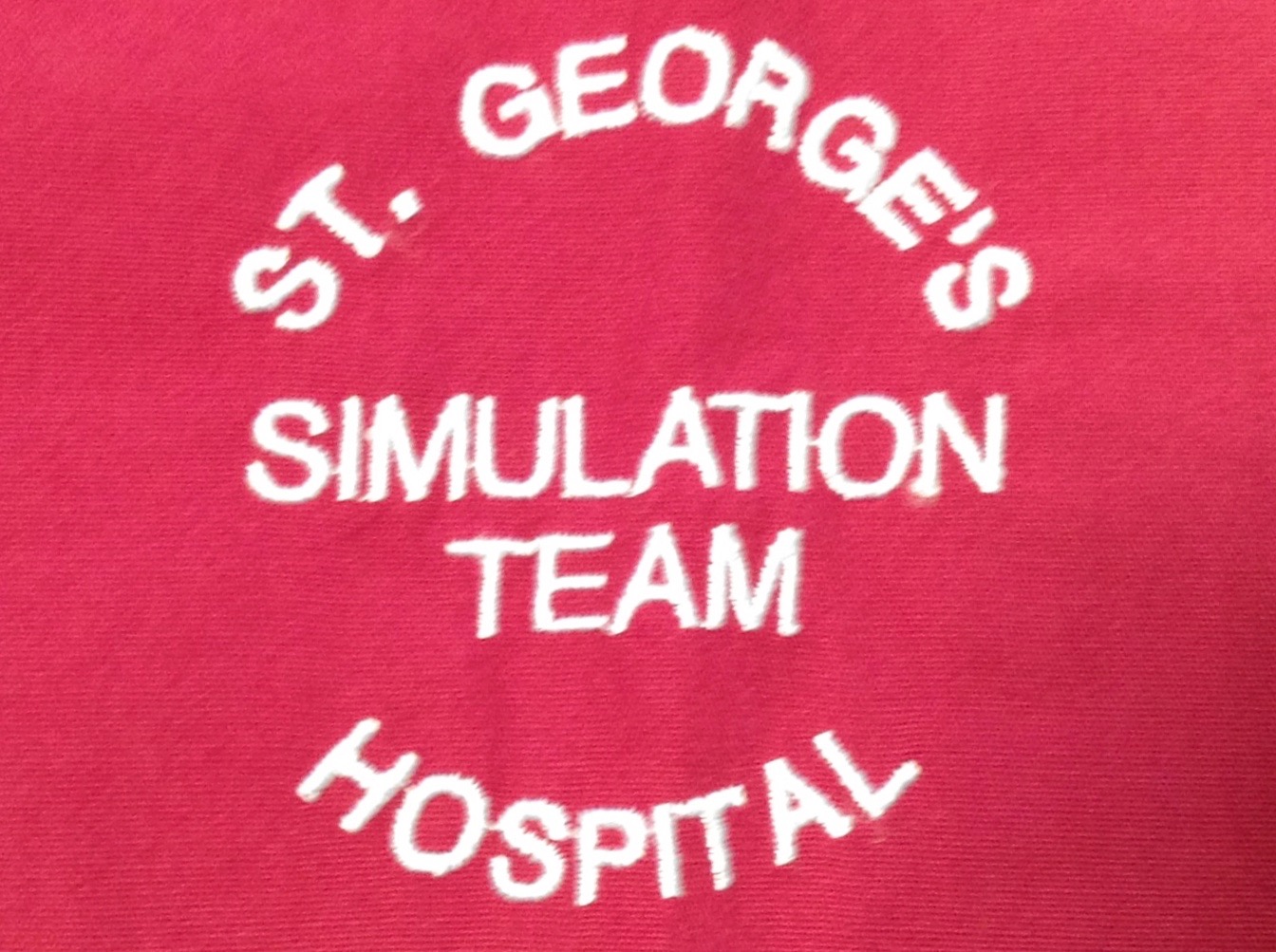Title Page
-
Clinical Area
-
Observation Focus
-
Prepared by
-
Date/Time of Observation
-
Health professional(s) observed (Name and Role)
-
Document No.
-
INSTRUCTIONS FOR THE OBSERVER
1. Ask your colleague to talk you through what they will do to assess the Level of Consciousness of the patient (Away from patient)
2. Show the check list and check any misconceptions (Away from patient)
3. Observe the colleague conducting AVPU. (At bedside)
4. Monitor documentation and, if appropriate ask for clarification or probe understandings (e.g. What now? What if..?)
5. Sign out and send the document as a PDF to your colleague for portfolio.
AVPU
-
I ALERT: <br>The nurse or HCA asks an open question - e.g. Where are you now? What time and date is it? - to see if the patient is fully awake and oriented to their environment
-
If the patient is ALERT documents score of '0' . If not, moves on with assessment of LOC
-
II. Verbal Stimulus/voice answer: <br>Modulates volume of voice to asks similar questions to those testing alertness but this time should be noted whether the answers are appropriate or inappropriate, and if they denote a lack of orientation.<br>
-
III. Responsiveness to Pain: <br>Uses a mild pain stimulus such as shaking patient's shoulders or trapezius squeeze and observes reactions.
-
IV. Unconscious: <br>Determines that the patient is not awake, not answering to verbal or pain stimulating and remains flaccid, without moving or making any sounds, intelligible or not.
-
For Voice, Pain, Unconscious or New confusion documents a score of 3 on patient notes
-
Escalates care If the conscious level is below A (Alert and oriented to a certain degree) <br><br>
-
How would you rate the performance overall?
-
If appropriate, take a photo of your colleague's completed nEWS chart (exclude patient information).
-
Comments/Action plan)
-
Add signature
